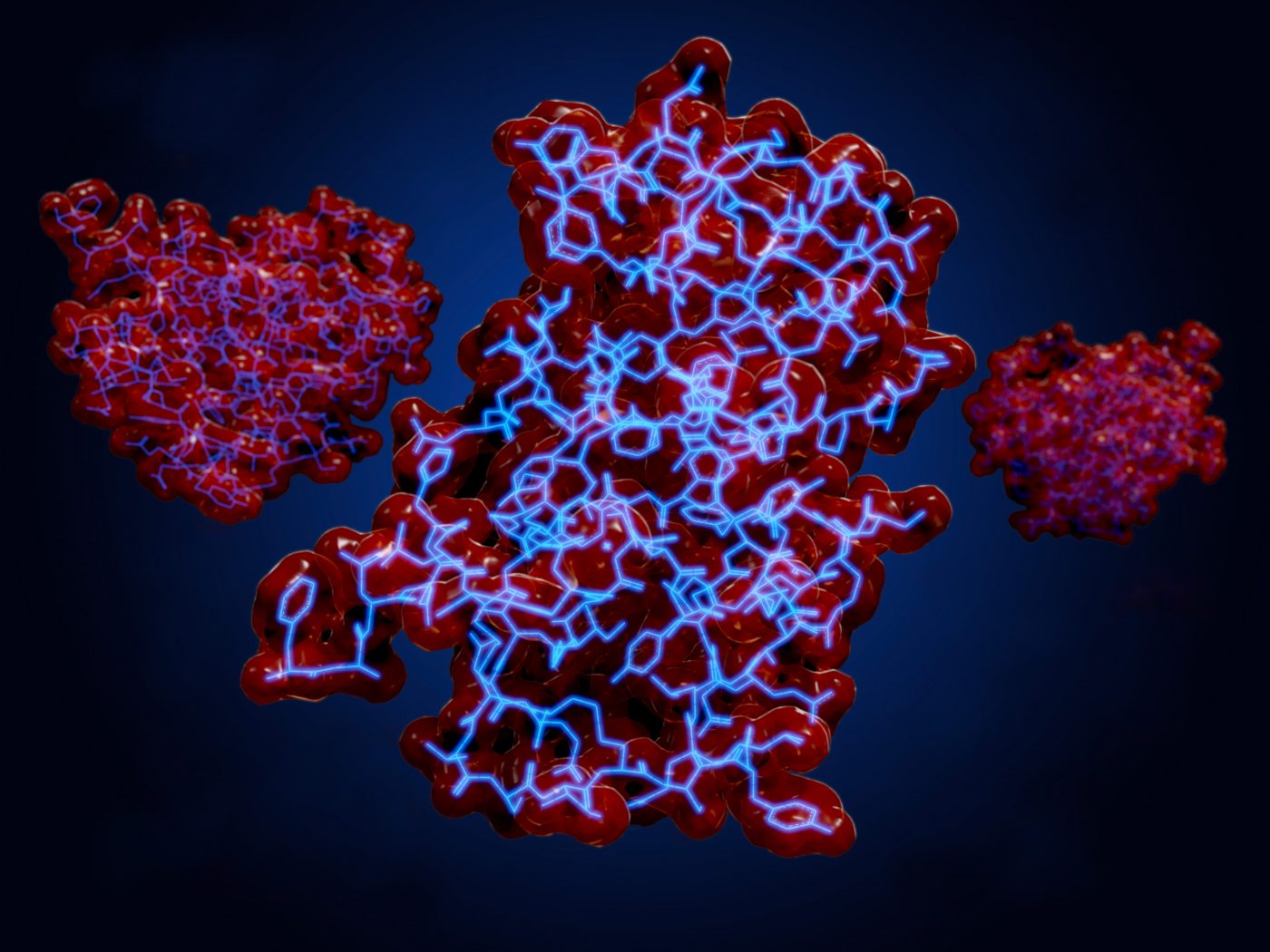Huntington’s Researchers May Soon Be Able to Quickly Detect Protein Clumps in Cells

Researchers at Massachusetts Institute of Technology (MIT) and Boston University have developed a system capable of rapidly analyzing protein aggregation, a hallmark of Huntington’s disease, and opening new possibilities in exploring both the causes of protein accumulation and the potential of new drugs to counteract it.
The method, called yeast Transcriptional Reporting of Aggregating Proteins, or yTRAP, will be presented at the Allied Genetics Conference hosted by the Genetics Society of America on July 16, and is also valuable for studying other neurodegenerative conditions, such as Alzheimer’s and Parkinson’s.
“Part of the impetus for our work is that these protein aggregations have been very difficult to study and track quantitatively,” Greg Newby, a doctoral student at the Whitehead Institute for Biomedical Research at MIT, who performed the research, said in a press release. “With our system, we can rapidly measure huge population of cells and sensitively detect even rare cells that contain protein aggregates, or have dissolved protein aggregates.”
While struggling to understand protein aggregation in brain conditions, researchers know the phenomenon is not contained to disease. They have observed that similar protein clumps aid the formation of memories and protect cells from viruses.
But the lack of good research tools makes studying protein aggregation a cumbersome task, and up to now there has been no ready way to study the process in living cells or to quantify the extent of aggregation.
The secret of the new system is a gene produced in the laboratory, causing a cell to emit a fluorescent light when a protein of interest starts aggregating. Inserting the new gene into yeast gave researchers a population of cells they could swiftly screen for protein accumulation.
Huntington’s disease served as a model to test the feasibility of the new method. Inserting mutated huntingtin — the gene underlying Huntington’s disease — into the yeast cells, the research team tracked how the mutated gene made other proteins in the cell aggregate.
“This helps us understand some of the toxic effects that Huntington’s has on our cells,” said Newby. “We can now measure directly each protein and determine if it’s being interfered with.”
Researchers also evaluated the tool by studying prion disease — a deadly brain condition caused by the spread of misfolded clumps of proteins.
The system, currently using only yeast cells, will be adapted for human cells, a process the research group is now planning for. Newby believes that such an adaptation will be a relatively easy task.
“All of the individual components that we used, each of the synthetic proteins, should work equally well in human cells as they do in yeast. We think we can move this into human cells and track human disease proteins in their native contexts,” he said.
In addition to giving researchers an easy tool for studying aggregation processes, the new method is also ideal for studying the effects of drugs on protein aggregation.
“While there are always areas where we could consider expanding sensor capabilities, I think we’re at a point now where anybody could use our system to track the aggregation of proteins of interest, or to screen for drugs that modulate those aggregations,” Newby concluded.






